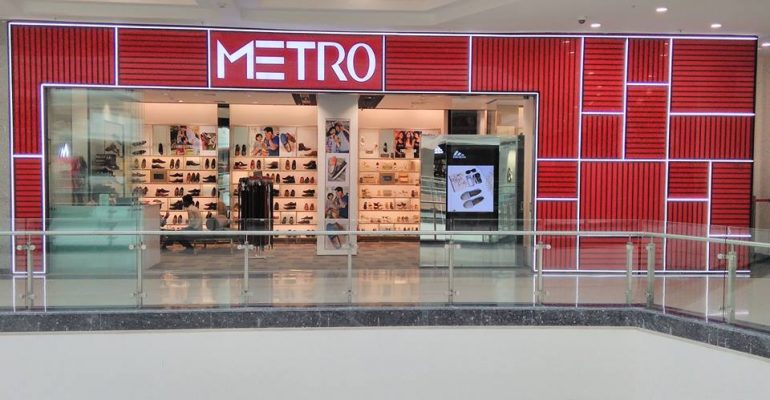ISLAMABAD – The Federal Board of Revenue (FBR) has unearthed systematic tax evasion by Metro Shoes, one of the leading brands in the country.
A team of the Enforcement Zone of Large Taxpayers Unit (LTU) detected the “electronic sales suppression fraud” during an investigation against the retailer in December 2021.
The top tax body also shared an infographic to explain how Metro was hiding its actual sales with the assistance of in-house team of IT experts.
It shows the Metro Shoes Head Office (HO) pulled the actual sales data from all retail branches in real-time and forward only selective transactions to FBR in order to evade tax.
FBR said that a “phantomware” was developed by the “in-house IT team of Metro Shoes, and incorporated in the retail POS system branches.”
Systematic fraud conducted by one of Pakistan’s largest shoe stores. Infographic released by FBR showing how it hid sales and didn’t pay taxes obviously. They got in-house team to build IT software to hide sales. Unbelievable 😡 pic.twitter.com/J16vhsxiaH
— Najma Minhas (@MinhasNajma) January 31, 2022
The tax body has launched Point of Sale (POS) Integration system in order to ensure digital monitoring/ reporting of every sales.
The company was internally using “online sales” and “offline sales” terms. Online sales were those reported to FBR while record of offline sales were not shared with the tax body.
The investigation revealed that the Metro Shoes Head Office used to assign target for “online sales and offline sales” to its branches, adding that the sales data coming to the HO from retail outlets was bifurcated and only record of online sales was shared with FBR.
It said that the in-house “phantomware” runs on fake algorithm;
If cashier ID = ’36’, then: push transaction to FBR, Print actual invoice #.
If cashier ID ≠ ’36’, then: Don’t push transaction to FBR, Print earlier “36 # transaction”.
The cashiers at designated retail branches punched transactions using “Cashier ID” (36 or non-36). While every invoice given to customers had a QR code and the associated FBR invoice number (#), the tax regulator pointed out that the phantomware kept on purging offline sales data from branches to minimize the risk of fraud detection.
The case is being heard by a court in Rawalpindi.










